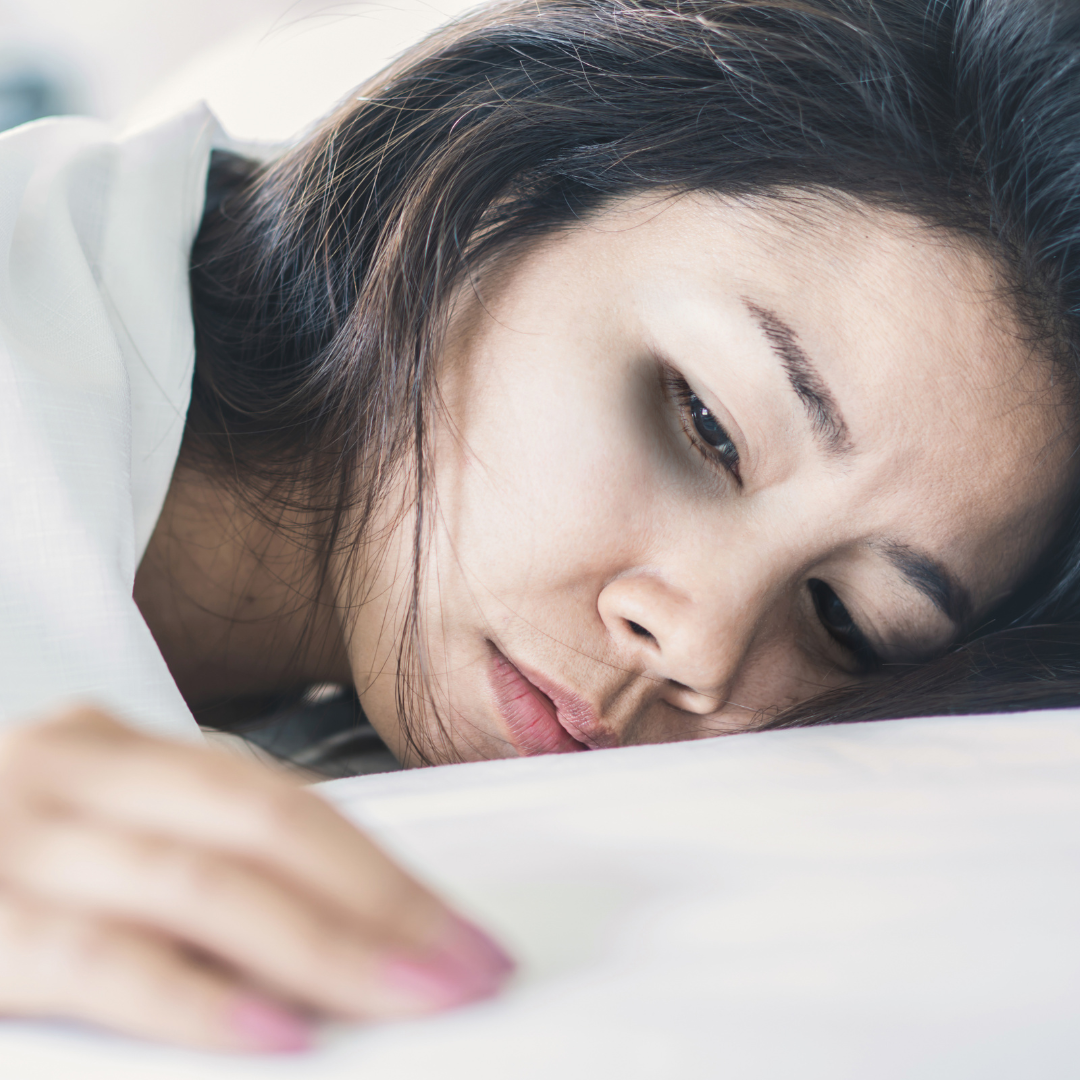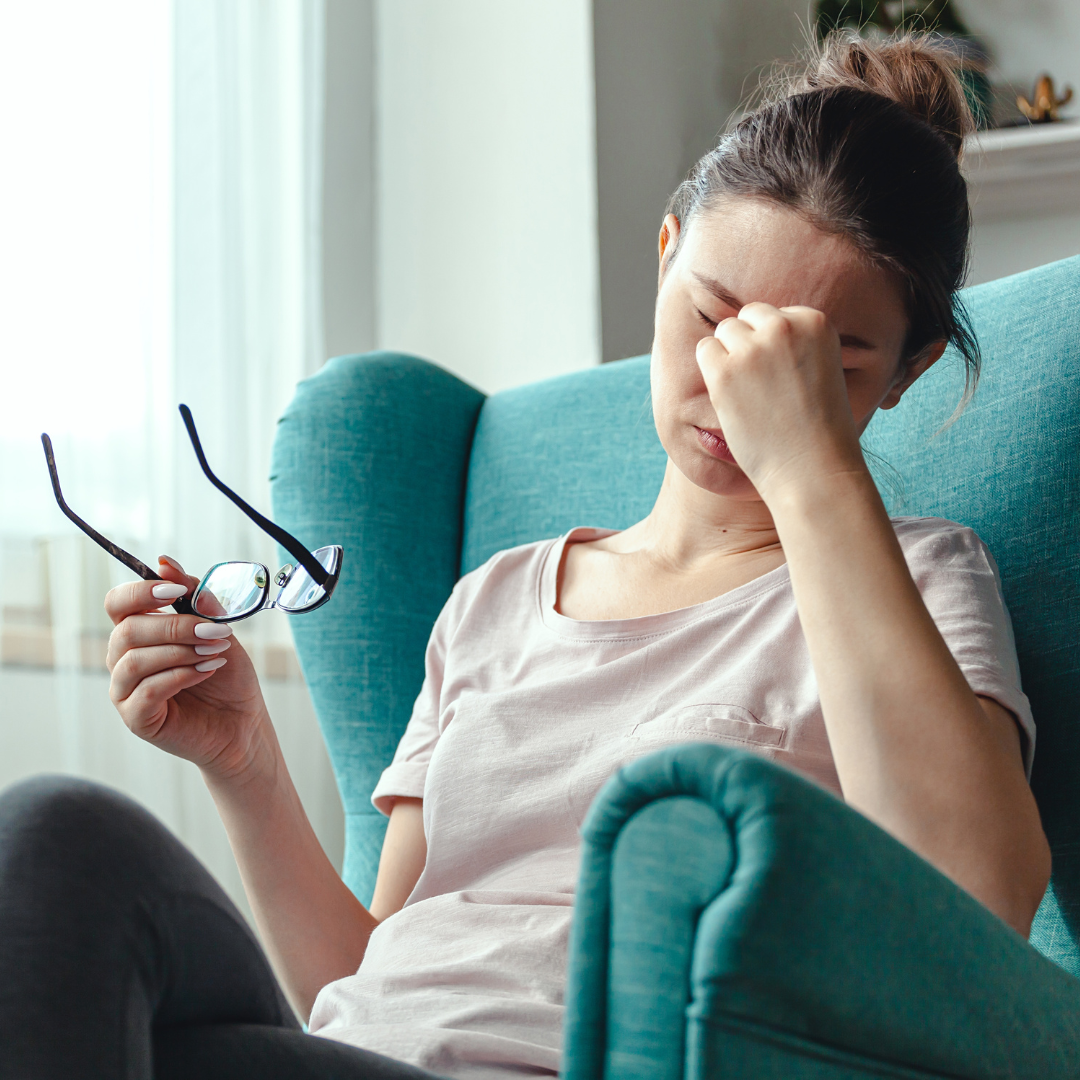
The Surprising Link Between Sunglasses and Hormonal Imbalance: Understanding the Impact on Your Health
Ah, summer in the UK—those precious days of sunshine when we eagerly don our sunnies and lather on sunscreen (which is often packed with harmful chemicals!) to shield ourselves from the scorching rays. But here's a twist you probably didn't see coming: did you know that relying too heavily on sunglasses could potentially mess with your hormones? In this article, we'll delve into the intriguing link between sunglasses and hormonal imbalance, shedding light on how these seemingly innocent accessories might have unintended consequences on our health.
Vitamin D Deficiency and Sunlight
Imagine this: the elusive Vitamin D, aptly known as the "sunshine vitamin," holds the key to our overall well-being. It plays a starring role in bone and muscle health, immune function, and reducing inflammation. But hold onto your hats (or shades!), a significant chunk of the population—especially in regions like the UK with limited sunlight exposure—suffers from a Vitamin D deficiency. While winter supplementation helps, the best way to soak up this essential nutrient is through direct sunlight.
The Conundrum: Blocking Vitamin D Production

Now, here's where it gets intriguing. When we slip on our stylish sunglasses, slather on sunscreen, or wrap ourselves in layers, we inadvertently hinder the production of vitamin D. Our bodies yearn for those UV rays, absorbing them through skin receptors and triggering a chemical reaction that creates vitamin D. By blocking these rays, we unknowingly deprive ourselves of this vital nutrient, exacerbating the already widespread deficiency conundrum.
Circadian Rhythm and Light Signalling
Picture this: our internal sleep-wake clock, known as the circadian rhythm, dances to the tune of light exposure. In an ideal world, our rhythm would groove in sync with the solar cycle, harmonising our bodily functions with the natural progression of day and night. The secret lies in light signalling, especially the blue light of mornings and the gentle red hues of sunset. These light cues regulate our hormones and energy levels, influencing sleep, wakefulness, and overall well-being.
Disrupting Circadian Signalling with Sunglasses
Here's the catch: when we sport those cool shades, we unknowingly disrupt the critical messages our bodies receive from the sun, throwing our circadian rhythm off-kilter. The UV spectrum, especially during late mornings and afternoons, ignites the production of crucial hormones like melatonin and dopamine, instrumental in regulating our circadian processes. But with sunglasses on, we're throwing a spanner in the works, leading to mitochondrial inefficiency, hormonal imbalances, metabolic disorders, and cognitive hiccups.
The Blue Light Dilemma

But wait, there's more! Let's not forget about the blue light conundrum we face from constant exposure to electronic devices and indoor lighting. Prolonged encounters with this blue light disrupt our circadian signalling, becoming a breeding ground for various modern-day medical villains such as psoriasis, cancer, hormonal imbalances, and sleepless nights. It's high time we take control of our blue light intake to preserve our healthy circadian rhythm.
Building a Solar Callus
Our ancestors thrived under the sun's radiant gaze without the luxury of modern sun protection. They honed what we can call a "solar callus"—gradually adapting to sunlight exposure and reaping the benefits. We can follow in their footsteps by embracing morning sunlight, venturing outdoors before 10 am, sans sunglasses and technology. This practice "primes" our body to absorb sunlight effectively throughout the day, promoting the synthesis of melanin, a hormone that protects our skin from sunburn.
Balancing Light Protection: Blue-Blocking Glasses
While it's crucial to protect ourselves from harmful light, we can still find a harmonious balance between light exposure and light protection. Enter: blue-blocking glasses. These innovative spectacles are designed to filter out a significant portion of blue light, minimising its potential disruptive effects on our circadian rhythm. These are the glasses that I wear.
During the daytime, when we're surrounded by electronic devices and indoor lighting emitting blue light, wearing glasses that block around 60% of blue light can work wonders. By filtering out a substantial amount of blue light, these glasses help to maintain a more aligned circadian rhythm, keeping us in sync with natural light cues.
For the evening and before bed, it's recommended to opt for glasses that provide 100% blue light blocking. These glasses create a soothing environment for restful sleep by limiting our exposure to blue light during these crucial periods. By supporting the body's natural production of melatonin, the hormone responsible for promoting sleep, we can ensure a more peaceful slumber.
By incorporating blue-blocking glasses into our daily routine, we can effectively manage our exposure to blue light and enhance our circadian rhythm's stability. So, the next time you reach for your smartphone, slip on a pair of blue-blocking glasses to shield your eyes from the disruptive effects of blue light.
The Bottom Line

In the fascinating world of sunnies and hormones, we've discovered the surprising impact sunglasses can have on our hormonal balance. From impeding vitamin D production to disrupting circadian signalling, sunglasses may inadvertently wreak havoc on our well-being. However, by building awareness and making informed choices, we can strike a balance between light exposure and protection.
Embrace the sun's beneficial aspects while managing potential risks. Consider the impact of sunglasses on your body's intricate hormonal systems, and leverage tools like blue-blocking glasses to optimise your circadian rhythm. With this newfound knowledge, you can navigate the sun-soaked days of summer and protect your hormonal harmony.
References:
Charoenngam, N., & Holick, M. F. (2020). Immunologic Effects of Vitamin D on Human Health and Disease. Nutrients, 12(7), 2097. https://doi.org/10.3390/nu12072097
Tosini, G., Ferguson, I. T., & Tsubota, K. (2016). Effects of blue light on the circadian system and eye physiology. PubMed, 22, 61–72. https://pubmed.ncbi.nlm.nih.gov/26900325













Leave a comment